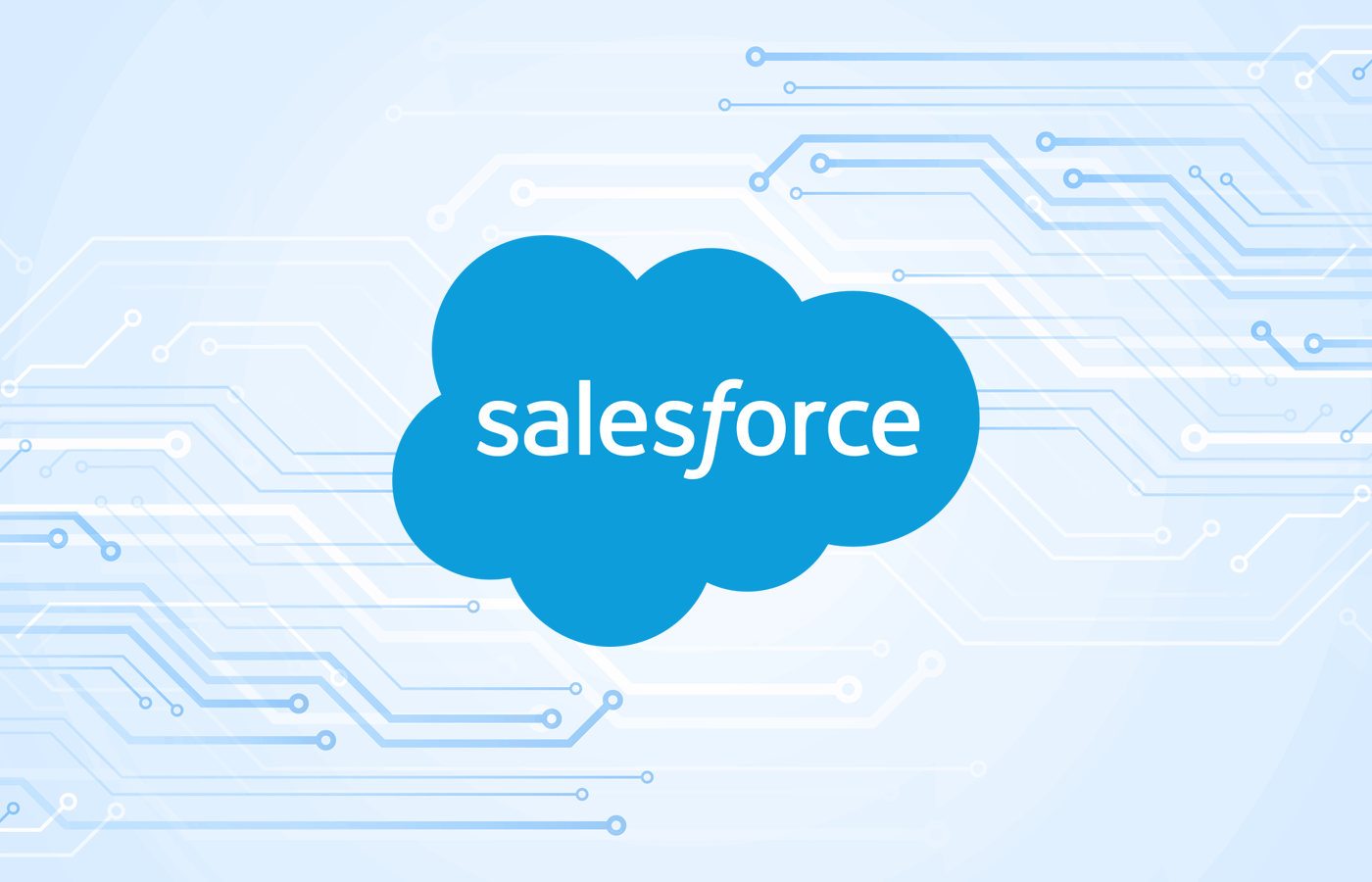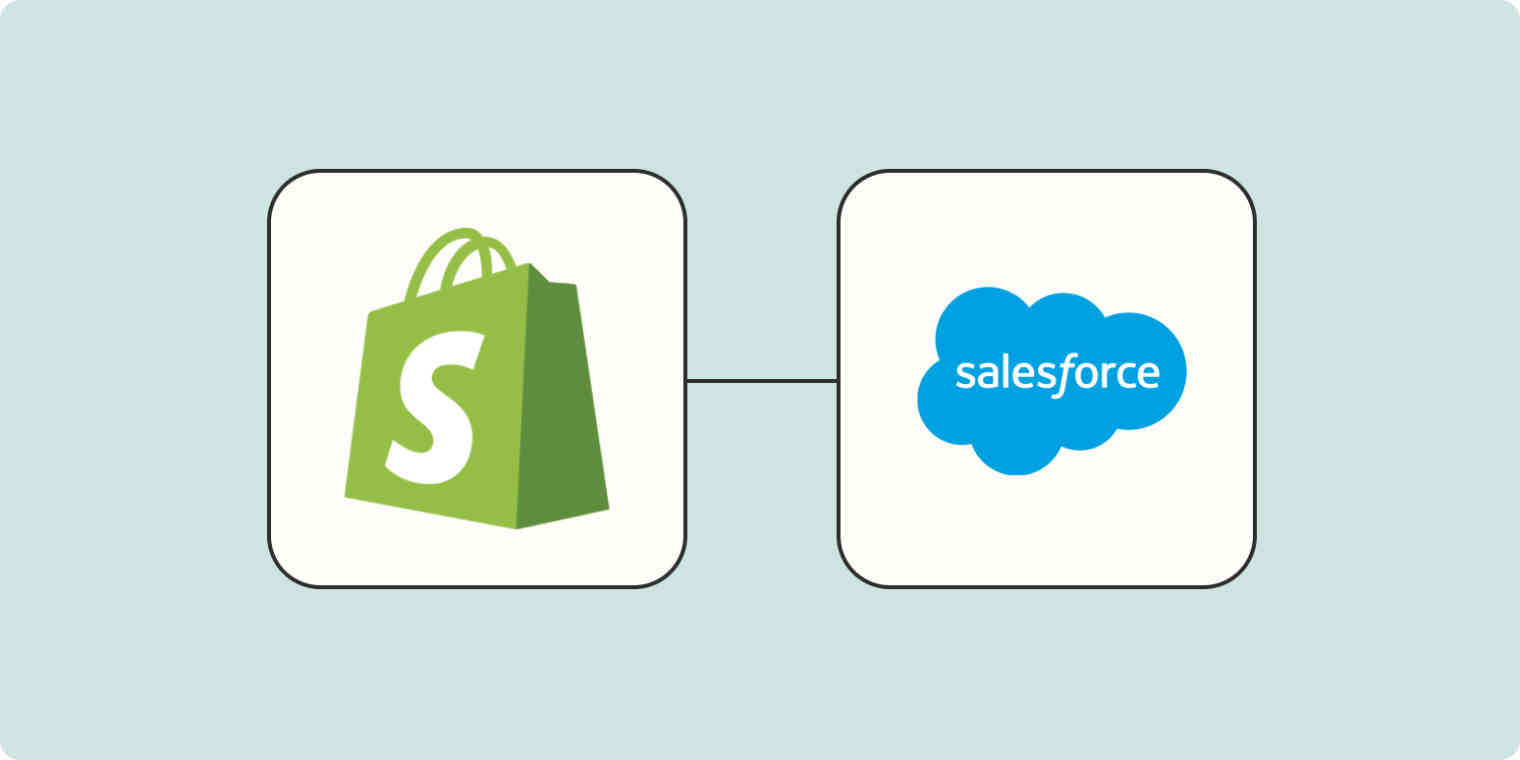Nowadays, Generative Artificial Intelligence (AI) is a hot topic, and every business is embracing this game-changing technology. But do you believe Salesforce can benefit from generative AI in the future? We will examine what generative AI is in this blog article and how it may affect Salesforce going forward. Start with it, please.
What is “generative AI”?
The term “generative AI” refers to a class of AI models that have been created to produce original content, such as writing, photos, music, movies, and even computer code. This innovation has caused a stir in a variety of businesses by enabling computers to produce content that resembles that of humans. Deep Learning algorithms and Neural Networks are the basic building blocks of generative AI, effectively recognizing patterns in massive amounts of data and producing new output based on these patterns.
Comparing traditional and creative AI
Traditional AI and generative AI have some significant distinctions between them, including:
- Traditional AI merely employs predetermined rules and patterns, whereas Gen AI can create fresh and original material.
- Large collections of existing information can be learned effectively using generative AI models. Traditional AI models, on the other hand, are trained on sets of labeled data.
- While traditional AI is used for problem-solving, making predictions, and task automation, generative AI allows you to generate new works of art, products, and designs.
AI implementation in Salesforce
On June 12, 2003, Salesforce unveiled its ground-breaking AI Cloud, ushering in a new era of cloud computing. This ground-breaking technology was painstakingly created to revolutionize Customer Relationship Management (CRM) by enhancing client experiences and business productivity. It creates a coherent, cohesive environment through the seamless integration of potent forces like automation, data analytics, and artificial intelligence (AI).
Describe Salesforce Einstein GPT.
The integration of AI has not been new to Salesforce. Salesforce CRM is enhanced by Einstein GPT’s integration of a mix of public and proprietary AI models. It is the most recent iteration of Salesforce’s artificial intelligence (AI) technology, and it builds on the Einstein platform, which presently provides the Customer 360 ecosystem with over 200 billion predictions powered by AI every day. This improved version allows users to take advantage of the potential of natural language prompts to expedite operations and create personalized AI-generated content by integrating proprietary Einstein AI models with cutting-edge language models like ChatGPT.
Currently, Salesforce offers a variety of specialized services under the Einstein GPT banner, including:
Sales GPT: By automating chores like writing emails, setting up meetings, and getting ready for upcoming interactions, this tool gives sales professionals more power. It increases output and frees up sales teams to concentrate on developing lasting relationships with customers.
Service GPT: It is intended to improve communications with customers. Based on prior case records, this program may produce knowledge articles and personalize chat responses for customer care representatives. Delivering quicker and more individualized service experiences increases customer happiness.
Marketing GPT: This program automatically generates personalized content for use in email, mobile, the web, and advertising across numerous platforms. Adjusting material to each customer’s interests and needs, enables marketers to engage customers and prospects more successfully.
Slack GPT: With the help of this connection, Slack users will have access to AI-powered customer insights, intelligent sales opportunity summaries, and end-user activities like revisions to knowledge articles. It improves team communication and decision-making.
Commerce GPT:
The buyer’s journey is transformed by Commerce GPT thanks to AI-generated information and recommendations. It is based on data cloud insights that are available in real-time and that give individualized, timely, and relevant commerce experiences.
Tableau GPT:
For enterprises, Tableau is effective at streamlining data analysis and visualization. It is simple to use, doesn’t require any coding knowledge, and is user-friendly. Users may easily connect to a variety of data sources with this, producing intelligent reports and interactive dashboards.
Benefits Salesforce Einstein GPT Extends
Salesforce Einstein GPT, which integrates OpenAI’s GPT technology with Salesforce’s Einstein AI, does provide several advantages for enterprises. The main advantages consist of:
Enhanced Productivity and Efficiency: Increasing efficiency and productivity can be achieved by automating repetitive operations and reducing manual data entry. As a result, time is saved, errors are reduced, and resources are used more effectively.
Improved Client Experience: Businesses may better understand client expectations and provide individualized experiences by utilizing AI. This can involve making recommendations, enhancing customer service, and providing products and services that are specifically suited to the needs of the customer.
Making wise decisions: Making informed decisions is made possible by having access to precise and current data insights. In order to improve results, firms can examine options, manage risks, and make data-driven decisions with the aid of predictive modeling and scenario analysis.
Price effectiveness: Cost savings may result from the automation and improvement of many company operations. Businesses can lower operating expenses and enhance cost-saving tactics by effectively allocating resources, automating operations, and analyzing findings.
Enhanced ROI: Businesses may enhance their sales and marketing efforts with the useful insights Salesforce Einstein GPT offers about consumer behavior and preferences. Resource allocation and accurate sales forecasting can increase ROI and promote long-term growth.
Competitive Benefit: Businesses can obtain a competitive edge by utilizing Salesforce Einstein GPT’s AI and sophisticated analytics. A business can differentiate itself from its rivals and provide distinctive value in the market through improving consumer insights, making data-driven decisions, and increasing customer satisfaction.
Overall, Salesforce Einstein GPT is an effective tool that may increase productivity, improve customer interactions, guide decision-making, save expenses, increase ROI, and give businesses a competitive edge in today’s market.
Conclusion
Salesforce Einstein GPT is an example of generative AI in action, revolutionizing Salesforce and CRM by boosting productivity, personalizing customer interactions, and guaranteeing data security. For the revolutionary future of customer relationship management, this disruptive technology offers firms a competitive edge, more efficiency, and better decision-making.
You should get in touch with experts like Winklix if you also wish to gain greatly from generative AI for your company. In order to provide our international clients with high-quality services in a variety of technologies, including Salesforce, Generative AI, Big Data, and more, we have earned the reputation of being a reliable Salesforce Crest Consulting partner. Contact our specialists if you’re seeking for experienced Salesforce consulting services or Generative AI services.



